Will the Fed raise interest rates one more time this year? Some economists aren’t convinced
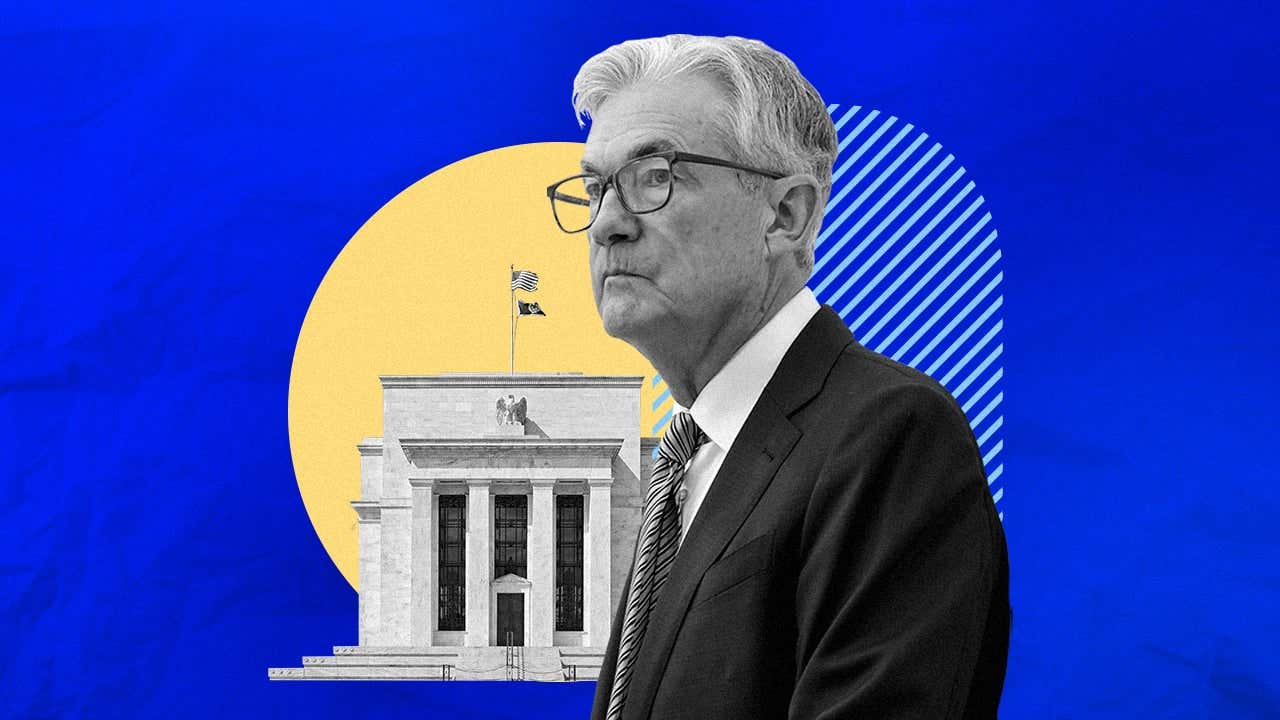
The Bankrate promise
At Bankrate we strive to help you make smarter financial decisions. While we adhere to strict , this post may contain references to products from our partners. Here's an explanation for .
The Fed signaled at its final rate meeting of the year that it’s most likely done raising interest rates. For a more up-to-date analysis on the latest Fed news for 2024, please follow our most recent coverage here.
Consumers and investors were spared from a 12th rate hike when Federal Reserve officials voted in November to keep their benchmark borrowing rate steady.
Don’t take the pause as an indication that officials are ready to sound the all-clear on their firefight against inflation.
Fed Chair Jerome Powell’s main message after the Federal Open Market Committee’s (FOMC) November rate decision was that officials are not yet sure they’ve raised interest rates enough to quell inflation. That’s even as the Fed’s key borrowing benchmark sits at a 22-year high of 5.25-5.5 percent.
In economic projections last updated in September, officials indicated to Fed watchers that one more increase is on the table for this year. If approved, the move would bring the Fed’s key benchmark interest rate to a new 22-year high of 5.5-5.75 percent. It could also possibly be the last rate hike. Just one official sees rates rising higher than that next year, those projections show.
Those projections, however, can prove to be fleeting in an uncertain economic environment. Officials are slated to refresh those estimates at their last meeting of the year in December.
Higher rates mean more expensive borrowing costs. Following the Fed’s moves in lockstep are the prices consumers pay to borrow money, whether it’s the price of financing a purchase on a credit card or the cost of taking out an auto loan.
But that uncertainty is two-sided. Just as officials aren’t confident that interest rates are high enough, they also aren’t convinced that they need to raise interest rates again at all.
“We haven’t made any decisions about future meetings,” Powell repeated at the Fed’s post-meeting press conference. “It’s fair to say that the question we’re asking is: Should we hike more?”
The Fed has been lifting borrowing costs with a purpose: Officials are trying to cool down an overheated post-pandemic economy that contributed to the hottest inflation in generations.
Fed officials are seeing some progress in stabilizing prices, but the job isn’t over yet. Hotter gas prices contributed to a pick up in inflation for two straight months this summer, with prices now stuck at a 3.7 percent annual growth rate since August, according to the Bureau of Labor Statistics’s latest reading.
Overall inflation can be more volatile because of fluctuating food and energy prices. Yet, if those prices rise for long enough, they could add to the Fed’s headaches. Fed Chair Jerome Powell has said households experience food and energy inflation most, making it an important driver of their expectations for where prices end up in the future.
Powell has also reiterated that how fast prices excluding food and energy — so-called “core” inflation — rise is the better indicator of underlying inflation. That gauge has fallen more than 2 percentage points from its peak but is still about two times higher than the Fed’s target, giving Fed officials another reason to remain on guard.
After the Fed decides whether it’s raised interest rates high enough, next comes the task of determining how long to keep interest rates at that historically high level — a debate that policymakers may be hesitant to let markets in on, out of fear that it could prematurely loosen financial conditions.
To have the full effect of keeping interest rates higher for longer, the Fed will maintain a posture that rates could go higher and that any rate cuts are quite a ways off.— Greg McBride, CFA, Bankrate Chief Financial Analyst
Should the Fed raise rates again? Past experience is igniting the U.S. central bank’s hawkishness
Experts say the risks of pulling back too soon and kickstarting another vicious inflation spiral remain higher than the risks of doing too much. The Fed’s failure to slow the economy enough and stomp out inflation in the 1970s led to a painful recession in the 1980s.
“The worst thing we can do is to fail to restore price stability because the record is clear on that,” Powell said in September. “It can be a miserable period to have inflation constantly coming back and the Fed coming in and having to tighten again and again.”
The U.S. economy is showing clear signs of slowing. Job growth last month rose by the slowest pace since June, with employers adding 150,000 jobs in the month. But that slowdown isn’t looking worrisome yet. Even with the Fed raising interest rates a whopping 525 basis points since March 2022, unemployment is still at historic lows below 4 percent.
The job market’s strength is giving workers time to make up some of the ground that they lost to inflation, though their paychecks haven’t fully recovered yet.
Fed officials hope it suggests they can gradually cool prices without hurting the job market. But the ultimate fear is it could contribute to more inflation.
On the back of the still-strong job market, consumer spending is helping drive the economy. Consumption in September rose 0.7 percent from the previous month, the fastest pace in six months, according to data from the Department of Commerce. A red-hot summer of spending helped the financial system grow by the fastest rate — 4.9 percent in the third quarter of 2023 — since 2021, gross domestic product (GDP) figures show.
Economists say signaling another rate hike is more about giving the Fed options.
“It’s important for the Fed at the moment to have all the options on the table,” says Tuan Nguyen, an economist at RSM. “All of those meetings will be live, meaning the Fed will have the options of whether to pause or hike.”
Investors aren’t convinced the Fed will raise rates again — and some economists agree
Investors aren’t convinced the Fed will be able to follow through. Even as the Fed signaled it hasn’t made its mind up yet, most market participants still predominantly assume the Fed is done, according to data from CME Group’s FedWatch tool.
So do some prominent Wall Street firms and their economists, from Morgan Stanley to Moody’s Analytics.
One reason why the Fed might end up going on a prolonged pause is simply because the U.S. economy hasn’t caught up to higher rates just yet. Experts say it may take a year for the full effect of a rate hike to hit the job market. Hiring is often the last shoe to drop. A year ago, rates had just been pushed past the so-called “neutral” rate of interest, or the point where borrowing costs are no longer stimulating economic growth.
Some economists say raising rates is akin to driving a car down the road while looking out of the rearview mirror. Data is backward-looking, and the Fed may find it’s done too much to slow the economy when it’s too late. While the economy had a blockbuster third quarter, it could also be the last hurrah before higher rates come to crash the party. Historically, the Fed hasn’t been able to raise rates without triggering a recession very often.
“Not only is it a concern, but the odds favor it,” McBride says, referring to a recession. “Look at the last three [tightening] cycles: Two of them ended in recessions, and the one that didn’t was an economic slowdown, where they had to reverse course and start cutting rates. History is not on their side.”
Another reason to be cautious, the Fed can keep squeezing the economy without raising rates. What often does the trick is if the “real” cost of money — meaning the difference between interest rates and overall inflation — is on the rise. The Fed’s key benchmark rate has been higher than inflation since May.
“If the Fed continues to raise rates in an environment in which inflation is coming down, that creates more pain for aggregate demand and more pain for the economy,” says Jordan Jackson, global market strategist at J.P. Morgan Asset Management. “Then, you run the risk of further exacerbating a downward movement in inflation. … You’re in a situation where you could be looking at outright deflation.”
Fed officials are also mindful of bank failures from last March, which demonstrate that risks can pop up out of nowhere and without much notice. A massive surge in long-term interest rates — with the 10-year Treasury yield crushing new 16-year highs in October — could also do some of the Fed’s work for it.
To top the balance of risks off, the threat of a possible government shutdown could make it harder for the Fed to track just how much these varying forces are impacting inflation. The government agencies that produce the consumer price index (CPI), personal consumption expenditures (PCE) index and employment situation reports would be on furlough until the gridlock is resolved.
How the Fed navigates the pros and cons of future rate moves depends primarily on the FOMC’s point of view — and how they decide to weigh the conflicting backdrop.
“If you’re balancing risks and you get less worried about the economy slowing and more worried about inflation just staying high and getting built into the price and wage-setting process, then you might conclude you need to move faster,” says Bill English, a finance professor at the Yale School of Management, who spent 20 years at the Fed. “Lags just make the problem harder because you have to be forward-looking and judge where the economy is going to be.”
5 steps to take with your money when rates and recession risks are high
Another increase means higher borrowing costs for consumers, including on credit cards, personal loans, auto loans and more. And even if central bankers are done raising rates, those interest rates are unlikely to fall until the Fed cuts its borrowing benchmark — a move that U.S. central bankers think still remains off in the distance.
The highest rates in more than two decades mean that money is no longer cheap. In this new era of monetary policy, these are the important moves you should be making with more money.
1. Keep a long-term mindset
Differing expectations about what the Fed could do with rates in the months ahead could lead to more market volatility. Plunging stocks mean pain for investors, and the possibility of a recession or even higher Fed interest rates could worsen the volatility. But don’t succumb to market volatility and change your approach. Remember, a diversified portfolio and a long-term mindset protect you through the most brutal times in the stock market.
2. Pay down debt
Consumers with fixed-rate debt, commonly on loans such as mortgages, won’t feel any impact when the Fed raises rates. But Americans are more fragile if they have a variable-rate loan, especially if it’s debt on a high-interest credit card. The average credit card rate is hovering at the highest levels ever recorded, thanks to the Fed’s recent inflation fight, according to Bankrate data.
Consider consolidating that debt with a balance-transfer card to help you make a bigger dent in your principal balance, with some cards offering borrowers 0 percent introductory annual percentage rates (APRs) for up to 21 months. However, the time to take advantage may be now. Consumers may find it tougher to get approved for one of these offers — or issuers may get rid of them altogether — if the economy ever takes a turn for the worse.
Homeowners with an adjustable-rate mortgage or a home equity line of credit (HELOC) might want to consider refinancing into a fixed-rate loan. “You don’t want to be a sitting duck for higher interest rates on your credit card or home equity line of credit,” McBride says. Home equity lines of credit have also historically been a cheaper way to borrow money, but that’s now looking like a relic of a low-rate era with HELOC rates now pushing 9 percent.
3. Boost your emergency savings
With the economic outlook uncertain, now’s an important time to take a careful look at your finances and find ways to boost your emergency fund if you don’t already have the recommended six to nine months’ worth of expenses stashed away. But the silver-lining to rising rates: Savers can find the best yields in over a decade that can even help them grow their purchasing power, with many yields at online banks now beating inflation.
4. Find the best place for your cash
Savers can earn even more money on their cash by switching to a high-yield savings account. Many accounts on the market are offering consumers who bank with them yields near 5 percent. If you put an initial $10,000 deposit into an account with a 5 percent annual percentage yield (APY), you’d earn $500 in interest, compared with just $60 on the average savings yield of 0.60 percent.
Consumers who already have an emergency fund may even want to start thinking about locking in those elevated yields for the longer haul by opening a 2-year or 5-year certificate of deposit. Savings account yields are variable, and banks often don’t wait for the Fed to cut rates before lowering their own yields.
5. Think about recession-proofing your finances
Given that plenty of risks lie ahead for the Fed, always be on the lookout for ways that you can recession-proof your finances. Along with building up your emergency fund, experts say it comes down to living within your means, staying connected with your network, identifying your risk tolerance and staying focused on the long haul if you’re an investor.
“To relieve individuals, households and businesses of historically high inflation, the Fed has been prepared to accept the risk of a recession if it achieves the mandate of stable prices,” says Mark Hamrick, Bankrate senior economic analyst. “Choosing from the least of two evils, it isn’t dissimilar from when firefighters trade some damage from water for fire damage.”
Related Articles
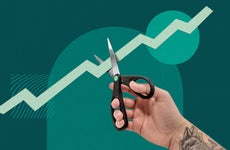
When will the Fed cut interest rates? Experts say later this year, if at all – here’s why
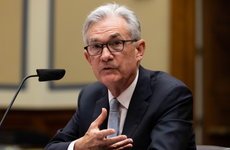
Survey: Increasing number of top economists now expecting Fed rate hike over coming year
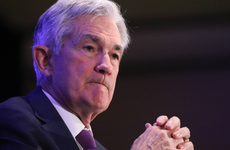
Will the Fed cause a recession by raising rates? Here’s what experts are saying
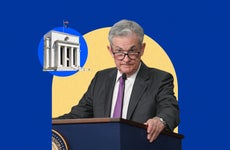
Will stubborn inflation force the Fed to raise interest rates again?